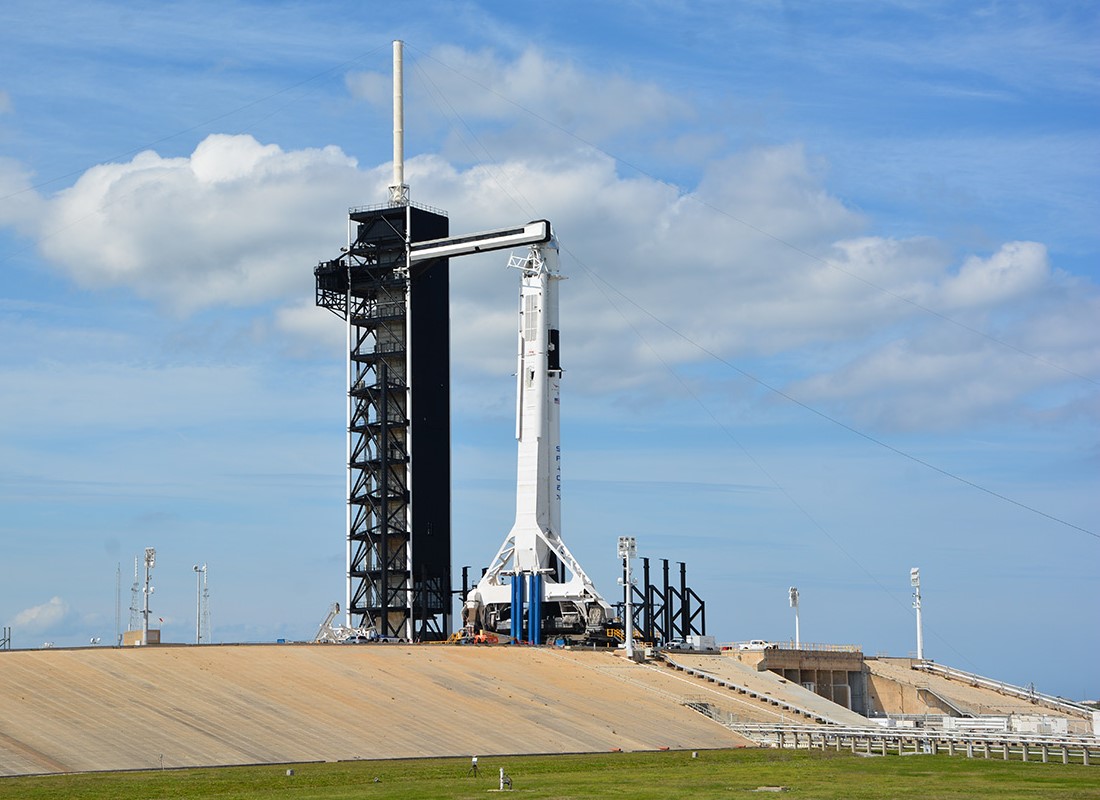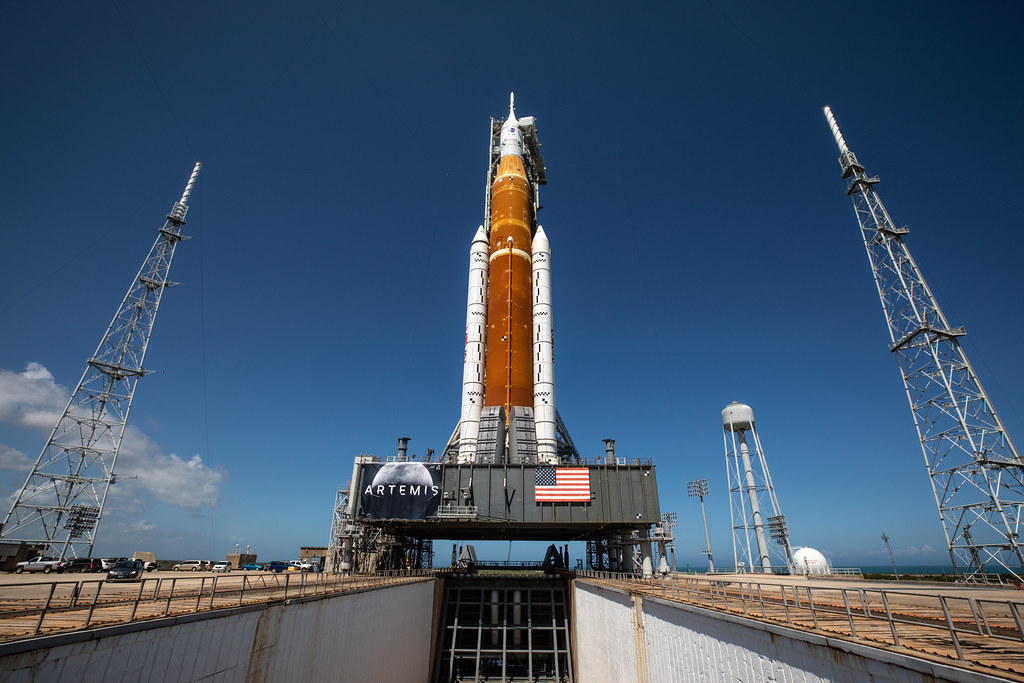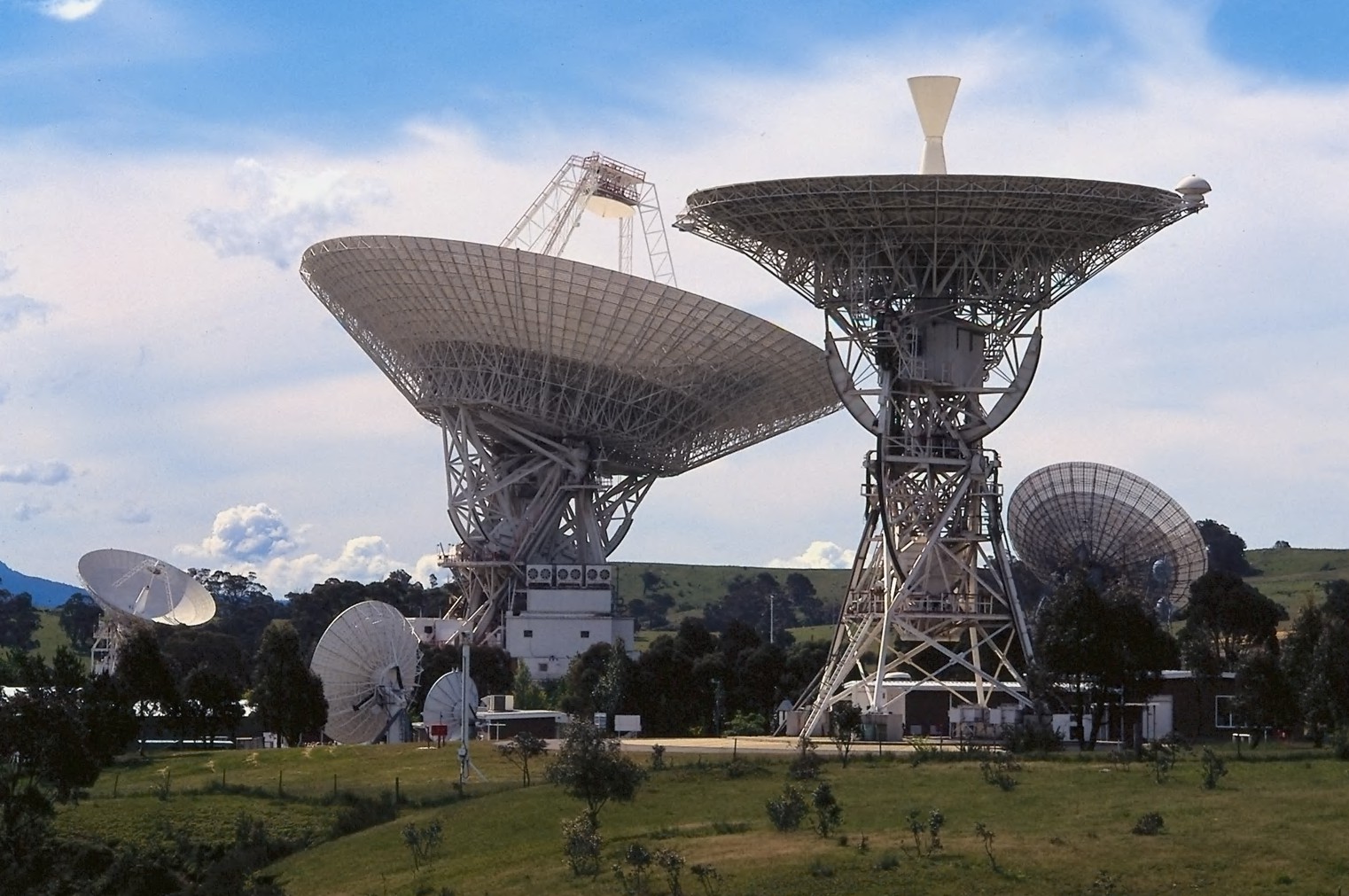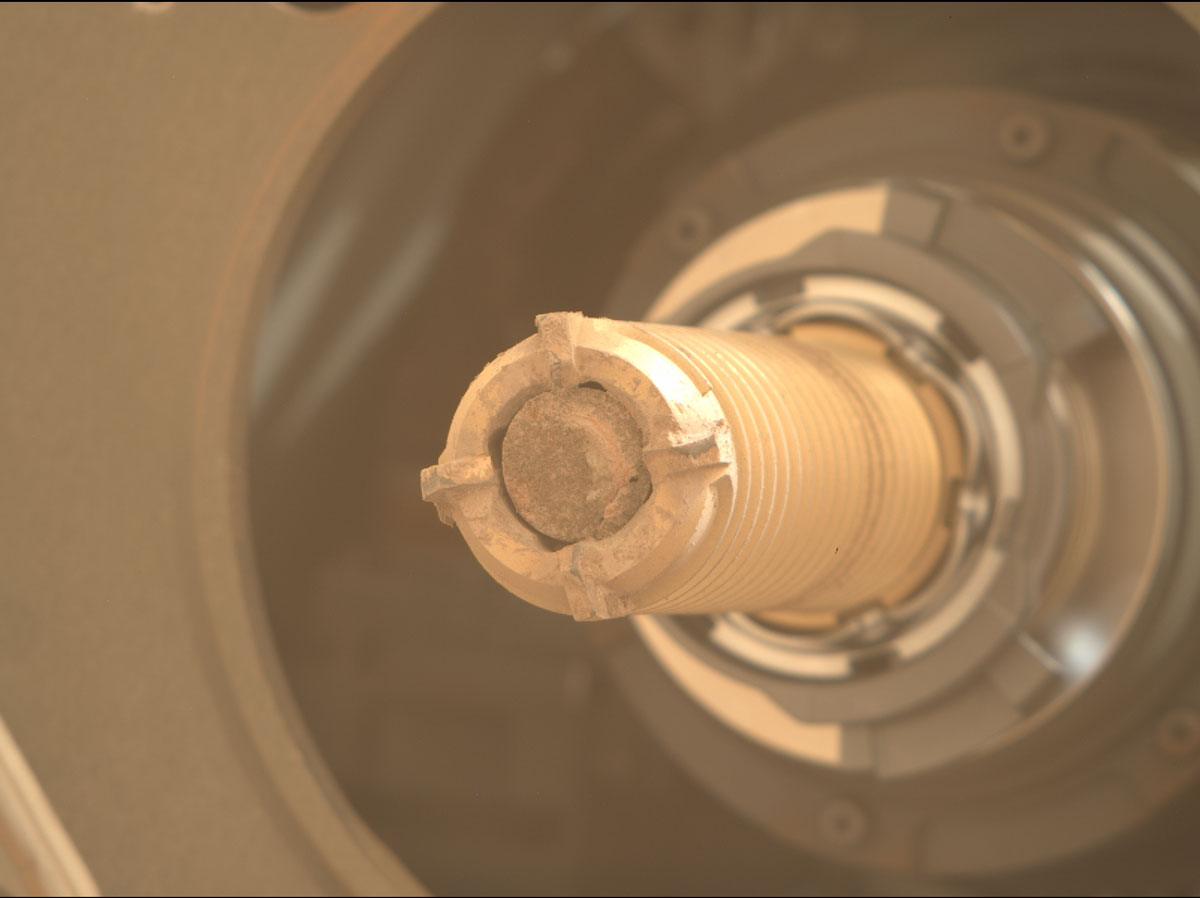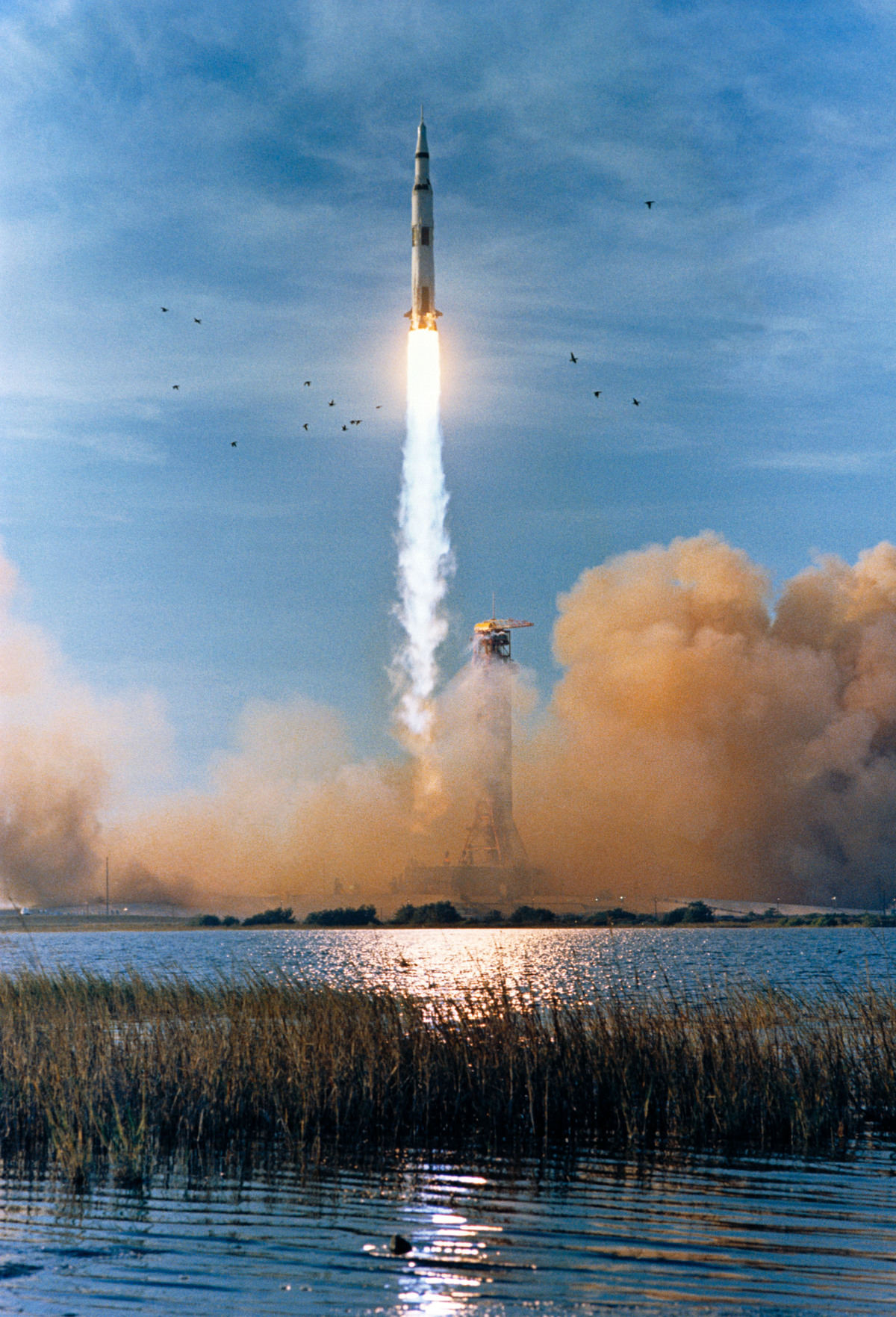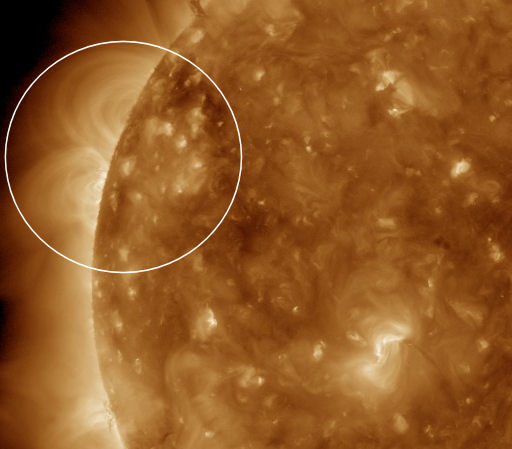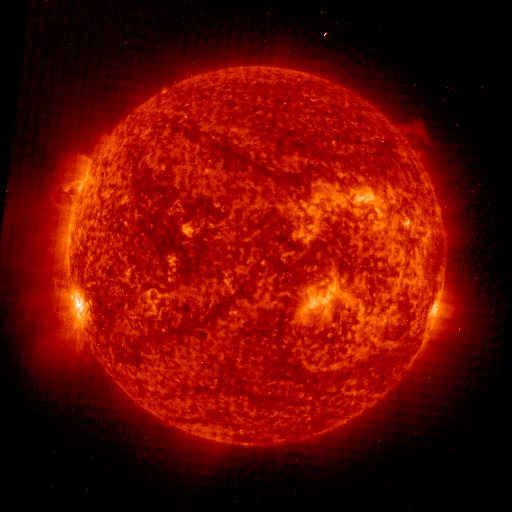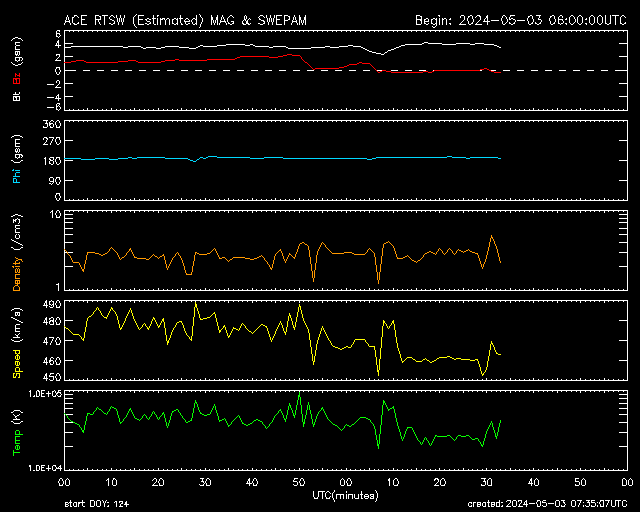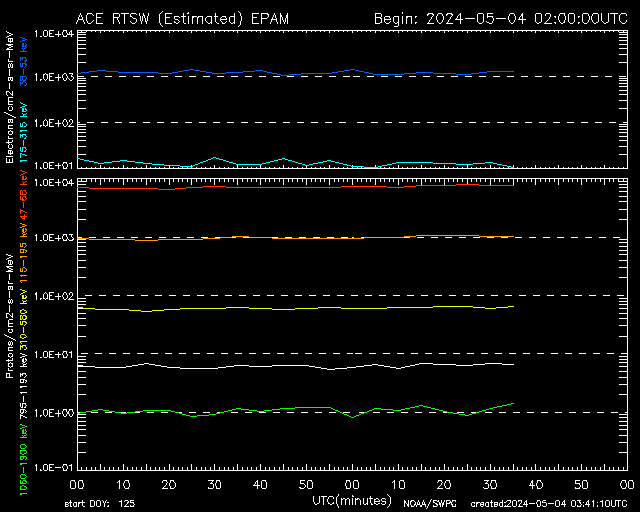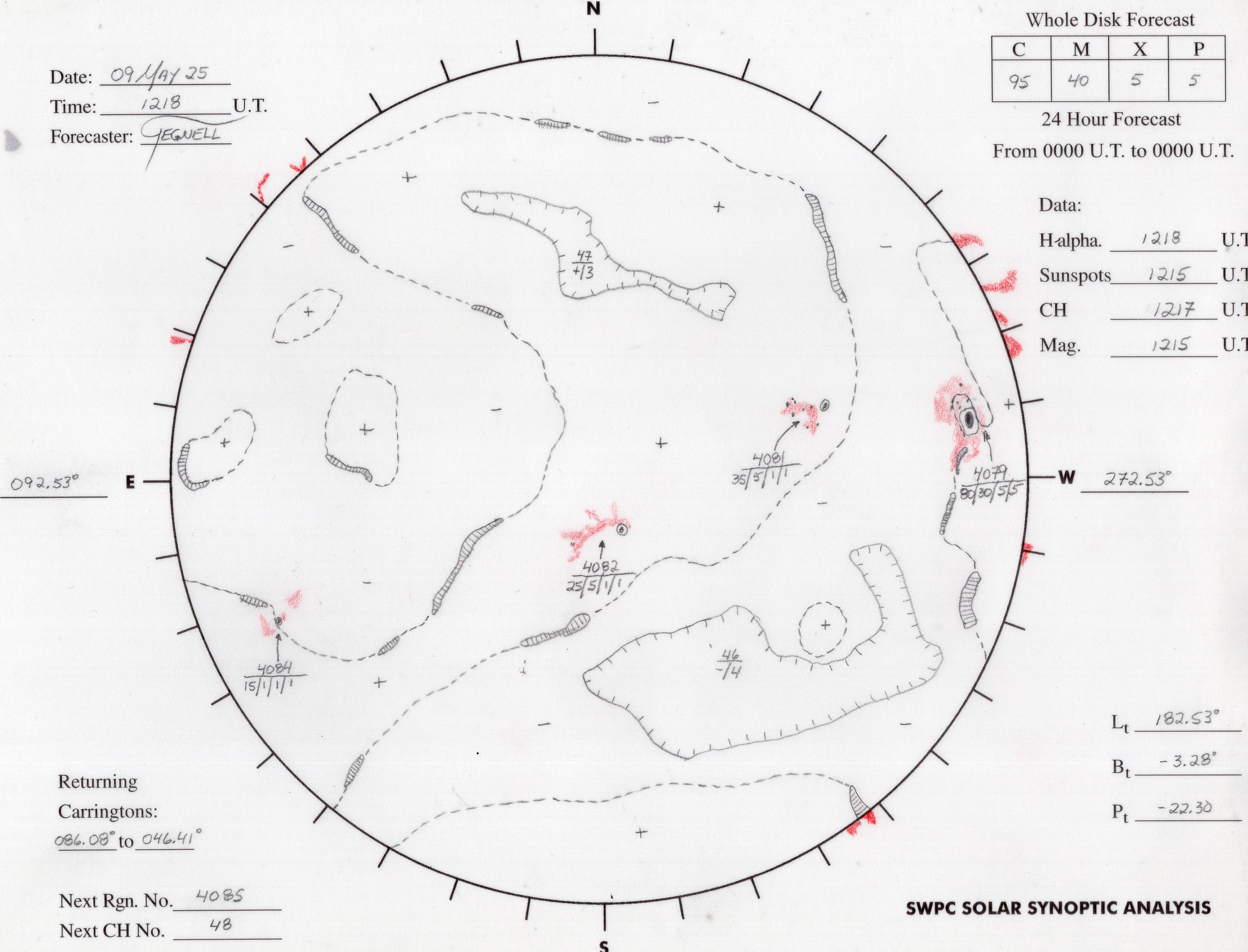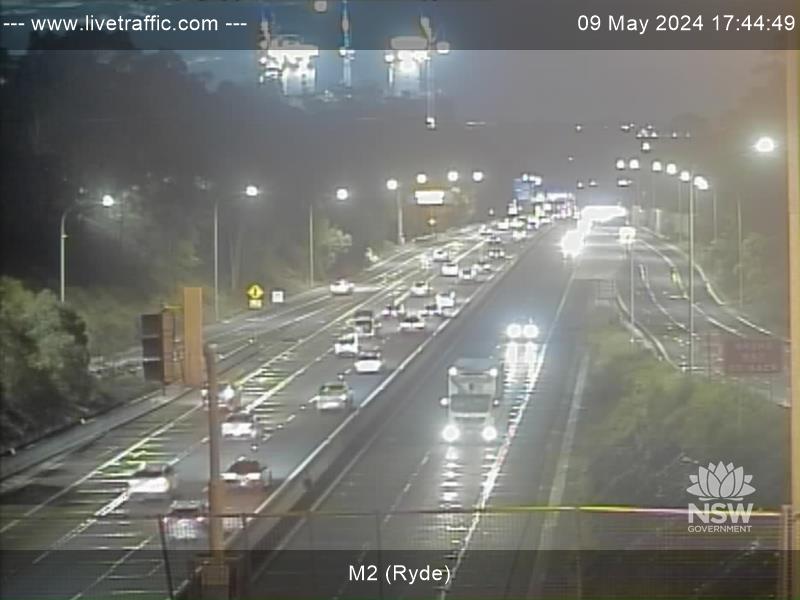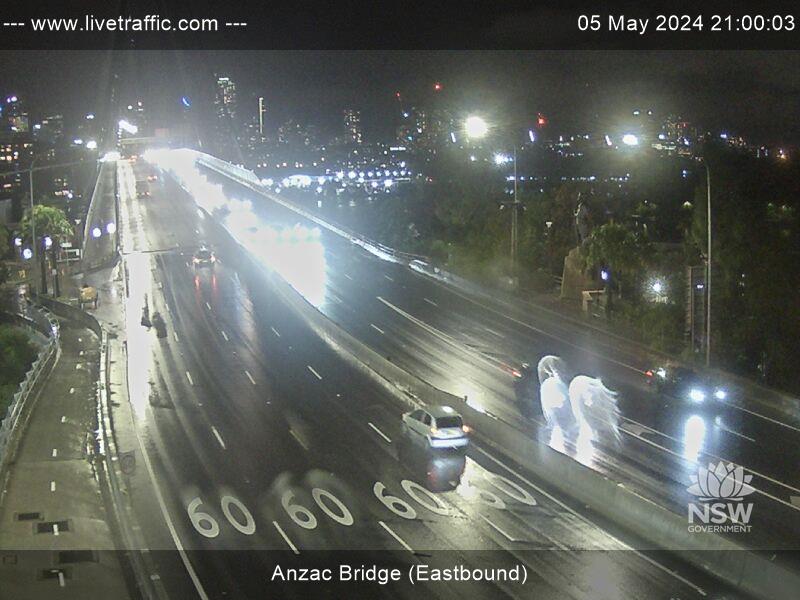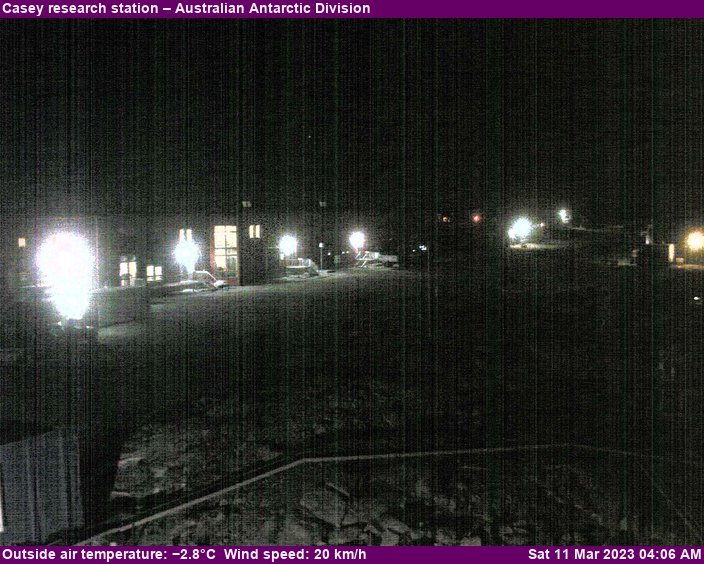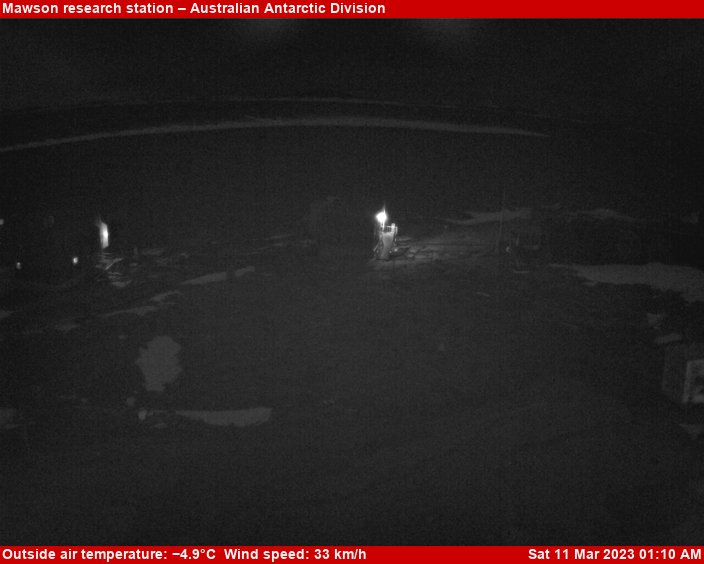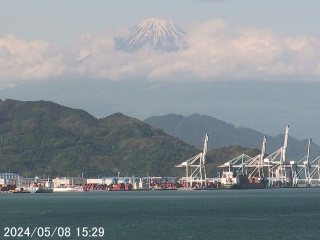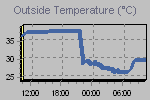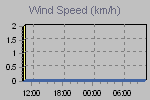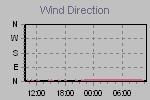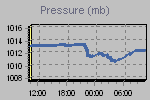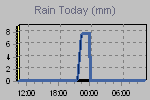On Sol 579 (October 6, 2022), Perseverance collected a sedimentary sample named “Mageik,” the mission’s 14th rock core, from the Amalik outcrop in the Enchanted Lake region at the base of the Jezero delta. Following collection of the Mageik sample, the rover processed a “witness tube.”
The witness tubes do not collect samples but are opened near the sampling location to 'witness' the martian environment. The witness tubes go through the motions of sample collection without collecting rock or soil samples and are sealed and cached like martian samples. Witness tubes aim to ensure that any potential Earth contaminants are detected during sample collection. This is to provide the validity of the samples once returned to Earth for analysis. The witness tube was successfully sealed on Sol 586 (October 14, 2022) and placed into storage on Sol 591 (October 19, 2022).
While these sample activities were taking place, scientists got in several observations of interesting targets nearby. One nearby target is a SuperCam remote-sensing observation of a distant layered rock named “Kakhonak” on Sol 585 (October 12, 2022). “Kakhonak” is a follow-up of a Mastcam-Z mosaic on Sol 567 (September 24, 2022) of the delta front at Cape Nukshak. Another observation was a WATSON image of a layered rock called “Mount Denison” on Sol 589 (October 17, 2022) close to the rover.
A Mastcam-Z landscape image observed a large sand ripple that also covered the bedrock at Enchanted Lake on Sol 588 (October 16, 2022). On Sol 590 (October 18, 2022) a SuperCam observation was done on the ripple called “Buttress Range” to analyze the sand. Keeping with the regolith trend, the team observed another target called “Ursus Cove” on Sol 589 (October 17, 2022) using instruments that require the rover’s arm known as proximity science (i.e., WATSON, SHERLOC, and PIXL). This activity allowed the team to practice co-locating the proximity science observations in preparation for a future regolith sample collection.
Stay tuned for more Perseverance adventures on Mars.
Written by
Stephanie Connell
SuperCam, PhD Student at Purdue University
